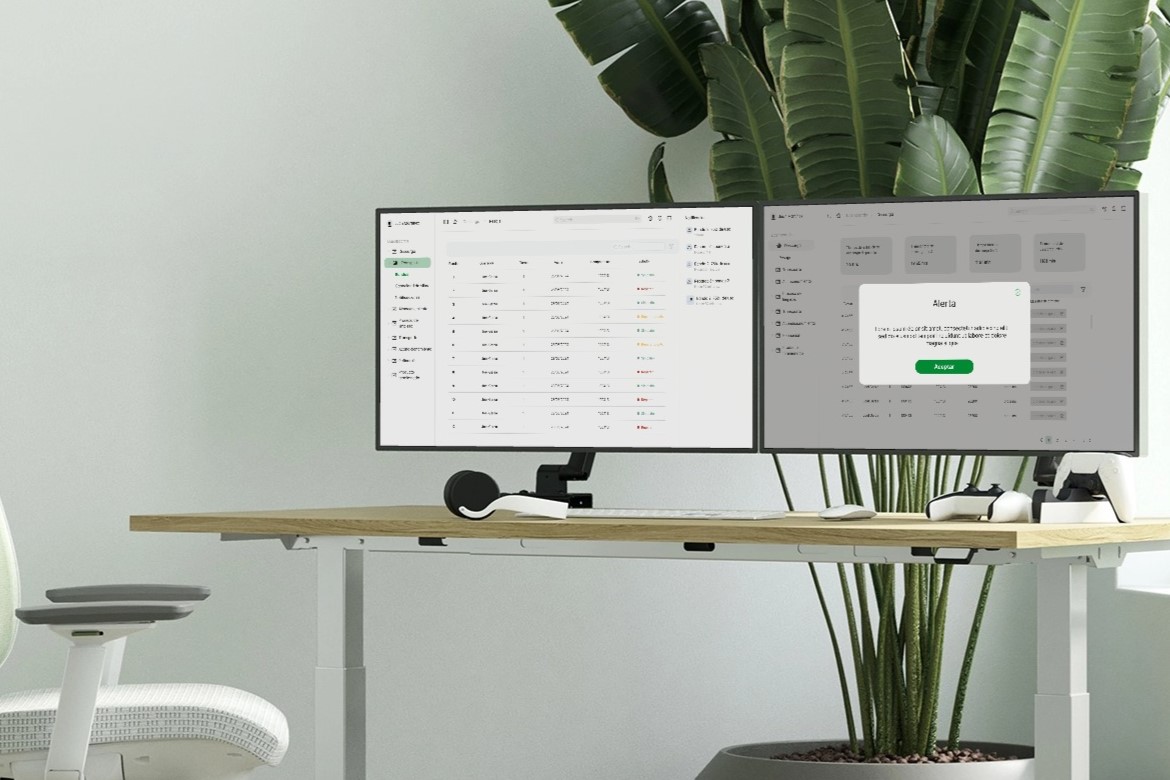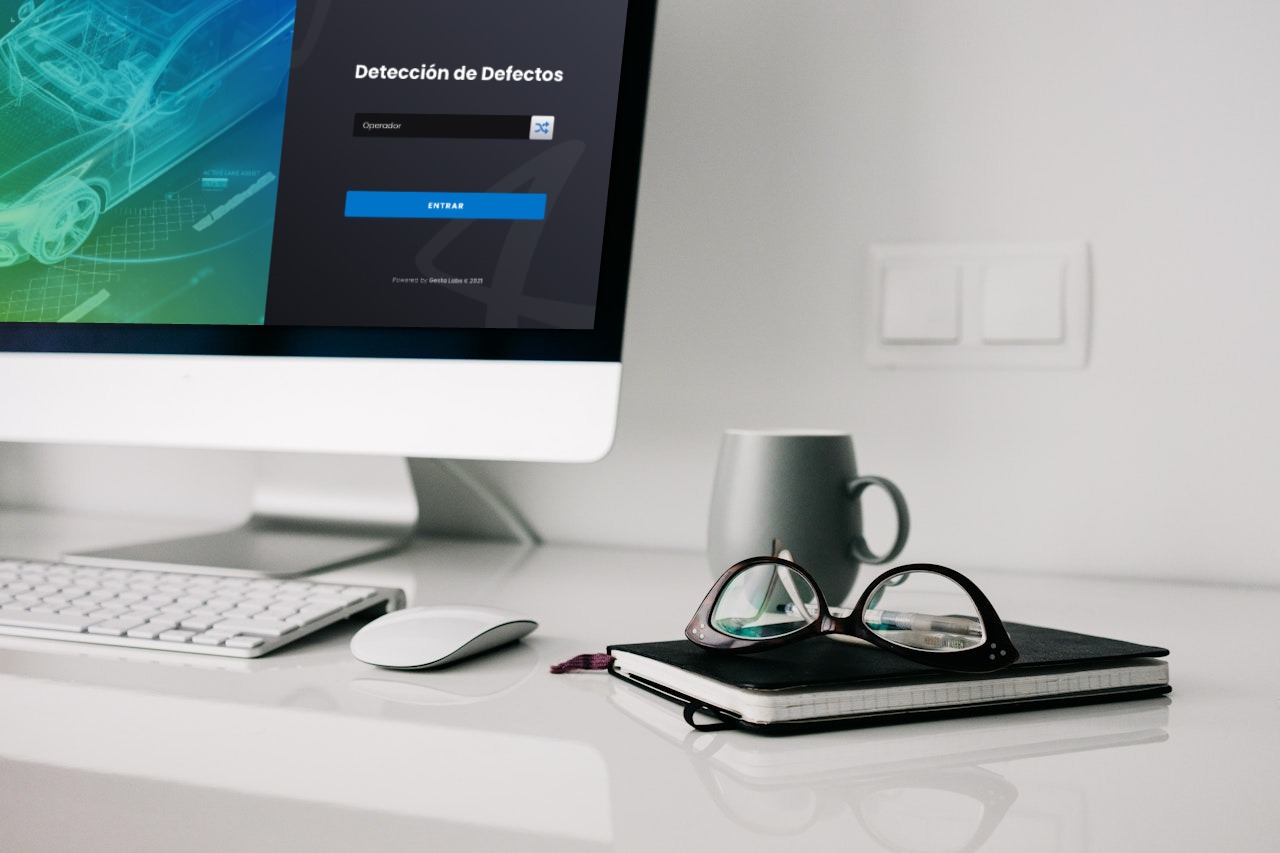Smart Cataloging dashboard for Coca-Cola FEMSA
The Smart Cataloging project involved designing a user-friendly system for efficient management and access to user collections. My role included UX research, design, and facilitation of discovery workshops.

Challenges and Objectives
The Smart Cataloging project aimed to design a seamless, user-friendly cataloging system for users to efficiently manage and access their collections. The primary challenges included understanding user behavior and pain points during the cataloging process, ensuring intuitive navigation, and creating a visually appealing interface that aligns with the brand's values.
Design Process

Research
To start, we conducted a series of discovery workshops using Mural to identify user needs and pain points. Through interviews, observations, and participatory activities, we gathered valuable insights into user experiences, expectations, and frustrations. This information was crucial for generating opportunities and guiding the project.
Wireframing
Using Figma, I translated initial sketches into low-fidelity wireframes. These wireframes provided a basic layout and structure, incorporating stock images and marketing copy to make them more realistic. After conducting four rounds of user testing, I iterated on the wireframes based on feedback, refining the flow and functionality before moving on to high-fidelity prototypes.

Prototyping
The high-fidelity prototypes were developed to enhance the visual and interactive elements of the design. These prototypes allowed for more detailed user testing and further iterations, ensuring the interface was both functional and visually appealing.
Visual Design
In the final phase, I designed the high-fidelity screens in Figma. My goal was to create a visual identity aligned with the brand's values and message. I reviewed competitors and referenced design catalogs to ensure the final design was innovative and user-centric. The final UI design addressed all usability issues and presented a cohesive, engaging visual experience.
Key Features
- User-Centric Navigation: Intuitive layout and easy-to-use navigation for efficient cataloging.
- Interactive Elements: Engaging visuals and interactive elements to enhance user experience.
- Responsive Design: Adaptable across various devices and screen sizes for consistent user experience.
- Comprehensive Customer Journey Mapping: Detailed understanding of user interactions, with a focus on consideration and loyalty stages.

Project Outcome
The Smart Cataloging project resulted in a highly functional and visually appealing cataloging system. User feedback indicated significant improvements in ease of use and efficiency. The final design successfully met the project's objectives, providing an effective tool for users to manage their collections.
Conclusion
What did you learn from this project?
This project reinforced the importance of user research and iterative design. I learned how to effectively gather and apply user feedback to enhance the design and functionality of a complex system. The experience was both challenging and rewarding, deepening my understanding of user-centered design principles.
What were your biggest fears, challenges, and struggles?
My biggest fear was ensuring the system's usability while maintaining an aesthetically pleasing design. Balancing technical complexity with intuitive design was a significant challenge. Additionally, aligning the design with user needs and expectations required continuous testing and iteration.
How did you overcome them?
I overcame these challenges by maintaining close collaboration with the development team and conducting continuous user testing. Iterative design and open communication helped me address usability issues and refine the interface. Being transparent about challenges and actively seeking solutions ensured the project's success.
Next Steps
To continue this project, I would focus on further enhancing the user experience by incorporating advanced features based on user feedback. Exploring more sophisticated AI integration for cataloging and considering additional customization options for users could be beneficial. I would advise the next designer to maintain a user-centric approach and prioritize continuous testing and iteration to ensure the design evolves with user needs.
Learnings
This project taught me the value of thorough user research and iterative design. I gained new skills in using Mural for workshops and improved my proficiency with Figma for prototyping and UI design. The experience challenged my preconceptions about balancing aesthetics and functionality, ultimately contributing significantly to my growth as a designer.

If you're looking for a UX/UI designer who can create intuitive and engaging user experiences, I'd love to collaborate with you. Let's work together to bring your vision to life. Contact me to discuss how we can make your next project a success!







